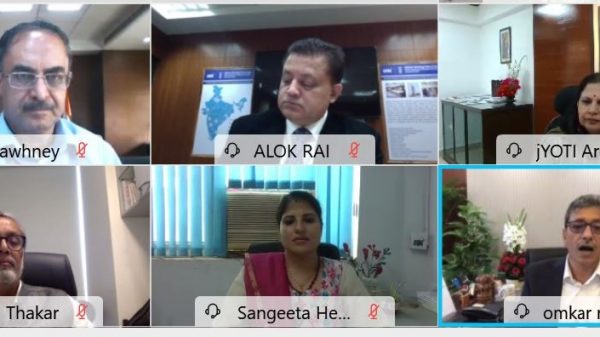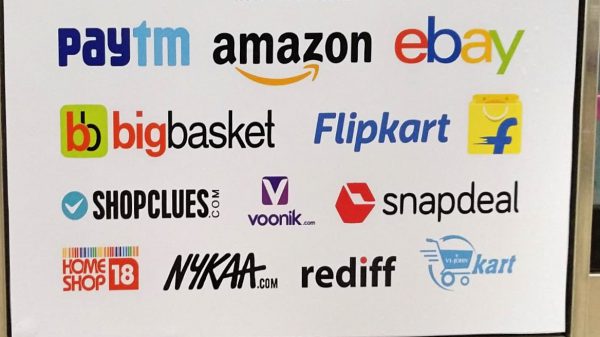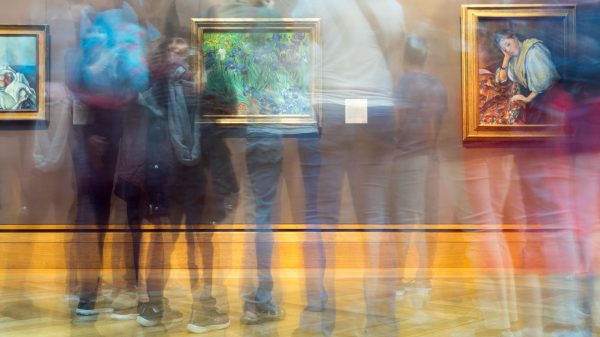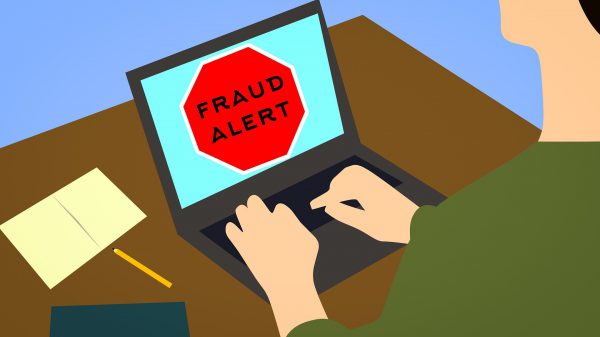Just when people are starting to grasp the world of crypto-currencies, another bizarre world called Non-Fungible Tokens (NFTs) have made their way into the news cycle and has garnered considerable amounts of capital. Essentially, NFTs uses the same underlying blockchain technology that crypto-currencies operate on.
What does NFT stand for?
A fungible commodity is something that can be replaced by an identical item. For example, fiat money or cash is fungible as a Rs 100 currency can be easily replaced by another without losing value. Whereas a non-fungible item is something that is unique and does not have a substitute. For example, one-of-a-kind artwork or a collector’s item. An NFT is a digital token that fulfills these properties.
In February alone, NFT sales grew by 400 percent from the previous month. Many brands have jumped on the NFT bandwagon and are offering limited edition products.
Why have NFTs become all the rage?
NFTs have been around since 2015, but have recently shot to popularity thanks to their endorsement by Jack Dorsey CEO of Twitter Inc and Tesla Inc’s Elon Musk. Both the senior tech executives are also ardent supporters of Bitcoin and the wider crypto-universe.
Two weeks ago, Jack Dorsey put out an NFT representing his first tweet “just setting up my twttr.” It sold for $2.9 million. Later on March 11, Mike Winkelmann, the digital artist known as Beeple, sold an NFT of his digital art piece titled Everydays: The First 5000 Days. It fetched $69 million at an auction held at Christie’s, the 255-year-old auction house that has sold some of the most famous artworks in history.
Adding to the frenzy, Elon Musk tweeted that he is also selling a tweet containing a song about NFTs as an NFT. The bids for the tweet exceeded $1 million before Musk pulled out saying he didn’t “feel quite right selling” it. Nevertheless, it made NFTs more popular than ever before.
What can be an NFT?
Almost any digital asset can be a NFT. This article too can be an NFT, if there is buyer out there. For a NFT to have value it has to represent something that is unique and rare. Pizza Hut Canada recently sold digital images of its pizza as NFTs, Taco Bell sold taco-themed gifs, NBA sold video highlights, and Time magazine released three special-edition NFT magazine covers. The possibilities here are endless: images, art, tweets, music, virtual spaces in games, blockchain domains, among other assets.
Until now digital art has been undervalued because it’s freely available. But NFTs representing digital art is not freely available. By adding the crucial ingredient of scarcity, NFT has made itself appealing to artists and content creators. For many digital artists, NFTs have been a game-changer.
Until last October, Beeple’s work fetched at most $100, but his fortunes changed when he started selling his work as NFTs. A pair of his first few NFT-linked digital arts sold for $66,666.66 each. In December, he sold NFTs totalling $3.5 million. And this month he became one of the top three most valuable living artists with the $69 million sale. For artists, the utility is that they are able to directly monetize their work without having to sell in galleries or through auctions. They still have copyright over their work as well and can earn money in perpetuity on resales of the NFT.
NFTs offer lots of possibilities in the gaming world as well. For example, a virtual space within a game can be sold as an NFT by the game developer and the buyer of the NFT can get a commission from players who pay to use that land.
How NFTs works?
NFTs use blockchain technology just like crypto-currencies to verify and record transactions in a distributed digital ledger. The vast majority of NFTs currently are live on the Ethereum blockchain, but Bitcoin Cash and Flow are some of the other blockchains that support NFTs. Each NFT carries details about its owner, the digital item it represents, and other auxiliary information.
The value of the NFT is determined by demand and supply, just like any other collectable. Demand, in turn, is determined based on the characteristics of the item the NFT represents. Supply, on the other hand, is determined by the number of NFTs that are there representing an item. The owner of an item can create as many tokens representing the item, but the fewer the tokens the higher its value. Jack’s tweet, for example, only had one NFT representing it.
You can think of an NFT as a version of a digital item that is autographed by its creator, akin to an autographed version of some book or artwork. The owner of an NFT typically gets some rights over the underlying item, but not complete ownership. For example, owners of art-backed NFTs can display the art in some places, but creative rights remain with the artist.
What’s the utility of NFTs?
This is where it gets murky. Owning an NFT is not the same as owning the item it is linked to. It also does not give you exclusive rights to access or use this item. For example, the person who bought the NFT from Jack doesn’t own the first tweet. The tweet still belongs to Jack and it will continue to be on Twitter for everyone to see. But the owner of the NFT has something that others don’t have, the limited-edition token that represents the item. The utility of an NFT comes from this scarcity.
Many who buy NFTs think of it as an asset and expect the value to appreciate over time. But some buy them even if they do not actually value the underlying item, rather they are doing so just to make a quick profit. This is akin to speculating in the stock market. The current craze in the NFTs market has made speculating lucrative. The person who bought Beeple’s art for $66,666.66 last October, resold it for $6 million this February.
What are some concerns surrounding NFTs?
The environmental cost is arguably the most prominent concern. NFTs requires mining just like cryptocurrencies, which consumes a lot of energy. A single transaction on the Ethereum blockchain uses as much electricity as an average US household uses over two days. Annually, Ethereum consumes as much electricity as the entire country of Bahrain. With the explosive growth in the NFTs market, energy consumption has gone up significantly as well.
Scammers have also started targeting this space by selling NFTs for work that does not belong to them. Many artists have called for a better verification process by marketplaces, but as of now, it’s easy to list someone else’s work as yours.
Furthermore, the whole NFT market is currently overheated, and it could be a bubble that can crash anytime soon. Something that its best mascot, Beeple, thinks so too. Collectors spent over $200 million on NFTs in the last month, which is almost as much as what was spent on NFTs in all of 2020. While the underlying technology might go on to live and change the world of art and games, the frenzy might be shortlived.
Can I buy or sell an NFT?
Anyone can buy or sell NFTs. They are bought and sold on marketplaces like OpenSea, Rarible, SuperRare, Mintable, NBA TopShot, and Valuables, to name a few. But most of these platforms require you to have a crypto-currency wallet and transact using Ethereum.
Will the NFTs market be regulated?
Unlike crypto-currencies, which can disrupt existing financial systems and could reduce government control over fiat money, NFTs do not pose any immediate threat. At present, governments have only just begun regulating crypto-currencies. NFTs being a recent off shoot of the same technology are not yet regulated.
Also Read














